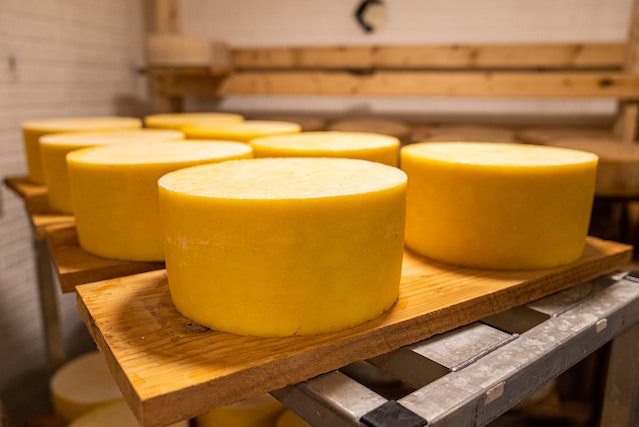Fermentation is a biological process that has been used for centuries to produce a variety of food and beverage products.
It is a metabolic process that occurs when microorganisms, such as bacteria or yeast, break down organic compounds, such as sugars or carbohydrates, in the absence of oxygen. This process can result in a wide range of products, from cheese and yogurt to beer and wine.
There are several different types of fermentation, each with its own unique characteristics and applications.
Alcoholic fermentation is perhaps the most well-known type of fermentation, and it is used to produce a variety of alcoholic beverages, including beer, wine, and spirits. In this process, yeast converts sugars into alcohol and carbon dioxide. The resulting product can have varying levels of alcohol, depending on the type of yeast used and the length of the fermentation process.

Lactic acid fermentation is used to produce a variety of dairy products, including cheese, yogurt, and sour cream. In this process, bacteria convert lactose, the sugar found in milk, into lactic acid. This acid gives these products their characteristic tangy taste and also acts as a preservative, helping to prevent spoilage.

Acetic acid fermentation is used to produce vinegar, a common household condiment. In this process, bacteria convert alcohol into acetic acid, giving vinegar its characteristic sour taste. The process can be controlled to produce different types of vinegar, including balsamic, apple cider, and white vinegar.
Propionic acid fermentation is used to produce Swiss cheese, a type of cheese known for its distinctive holes. In this process, bacteria produce both propionic acid and carbon dioxide, which creates the characteristic holes in the cheese. The bacteria also produce a distinct flavor that is prized by cheese connoisseurs.
Ethanol fermentation is used to produce biofuels, such as ethanol, which can be used as a replacement for gasoline. In this process, yeast or bacteria convert sugars into ethanol and carbon dioxide. The resulting ethanol can be used as fuel for vehicles or as a source of energy for power plants.

Butyric acid fermentation is used to produce a variety of fermented foods, including kimchi and sauerkraut. In this process, bacteria convert sugars into butyric acid, which gives these foods their characteristic sour taste. This process also creates a variety of other organic acids, which help to preserve the food and give it its unique flavor.
Conclusion:
In conclusion, fermentation is a complex process that can produce a wide range of food and beverage products. Each type of fermentation has its own unique characteristics and applications, and understanding the differences between them can help us appreciate the diversity of fermented foods in our diets. Whether we are enjoying a glass of wine, a slice of cheese, or a bowl of kimchi, we can thank the microorganisms that make these products possible through the process of fermentation.
